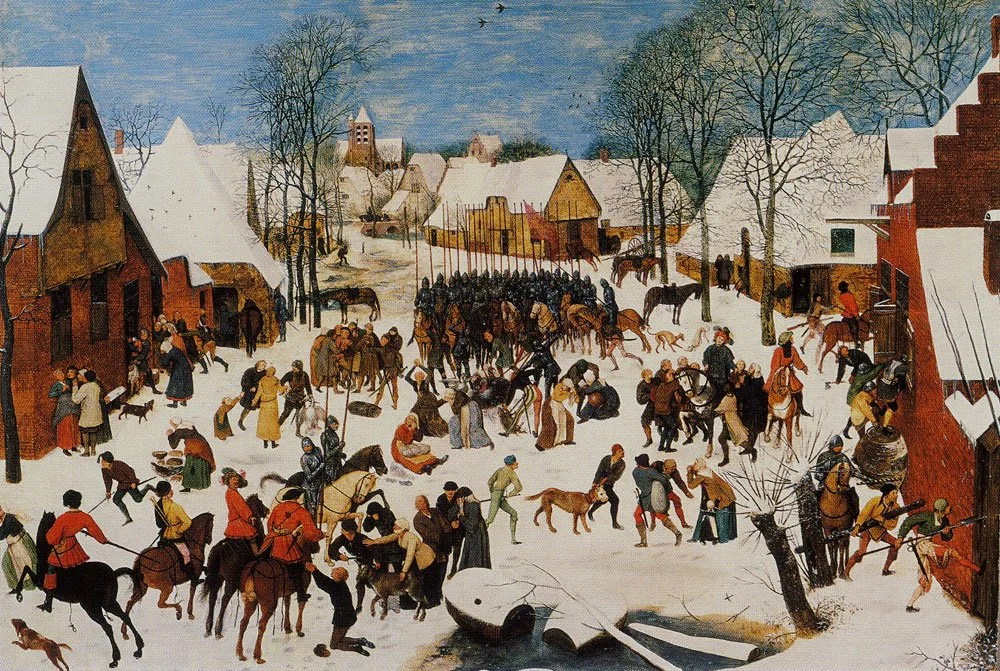While their canvases drip with raw emotion, one cannot help but wonder: Were these artists, whether intentionally or not, agents of whitewashing?
By painting such agonies with a European brush, did they inadvertently strip the narrative of its Middle Eastern essence, thereby further dehumanizing its native people?









